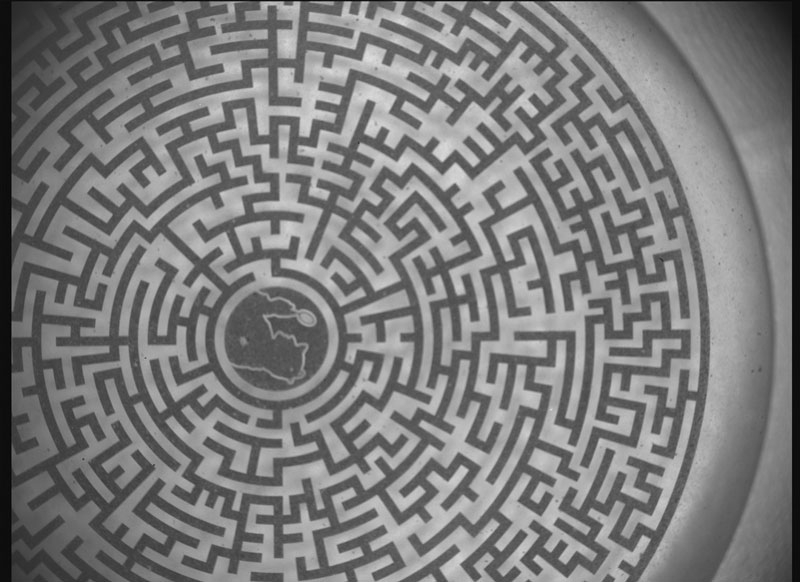NASA has announced that the SHERLOC instrument on board the Perseverance rover, which has been inactive for almost six months, has been successfully returned to work. It is a small spectrometer on the rover’s manipulator that can determine the chemical composition of substances on the surface of the Red Planet. NASA uses it to search for traces of ancient biological life on Mars, but in January of this year, the instrument failed.

Fonte da imagem: NASA
In early January, the rover team noticed that the spectrometer’s protective cover had stopped opening fully. In its half-open state, it continued to block the spectrometer’s view, preventing it from analyzing the surface. Using an exact replica of the rover on Earth at NASA’s center, the rover team began painstakingly studying the issue of unlocking the cover. The main hope was that the cover’s rotating mechanism was blocked by rock that had fallen in, and there was also a high probability that the mechanism’s motor had jammed.
Since the SHERLOC instrument is mounted on a mobile robotic manipulator, it was decided to expose the motor to the sun’s rays and shake it in different ways. The choice turned out to be correct. In May, the instrument’s cover opened 180°, opening full access to the spectrometer’s objective.

But that wasn’t all. The instrument needed to be recalibrated to ensure that the images and analysis data were as clear as possible. The robotic arm, which can be moved in a minimum of a quarter of a millimetre, also helped with this. By moving the instrument step by step while focusing on the calibration target (with a stylised image of detective Sherlock Holmes in the centre), the rover team was able to determine the new focal length of the spectrometer. Subsequent checks showed that SHERLOC was reading and transmitting the correct scientific data.

The rover is currently moving through the area where the walls of the ancient lake in Jezero Crater begin. This is an excellent opportunity to look for traces of life over a huge slice of time. Only SHERLOC is capable of finding these traces on Mars without returning soil samples to Earth. And it has once again begun to unravel this planetary-scale detective story.
